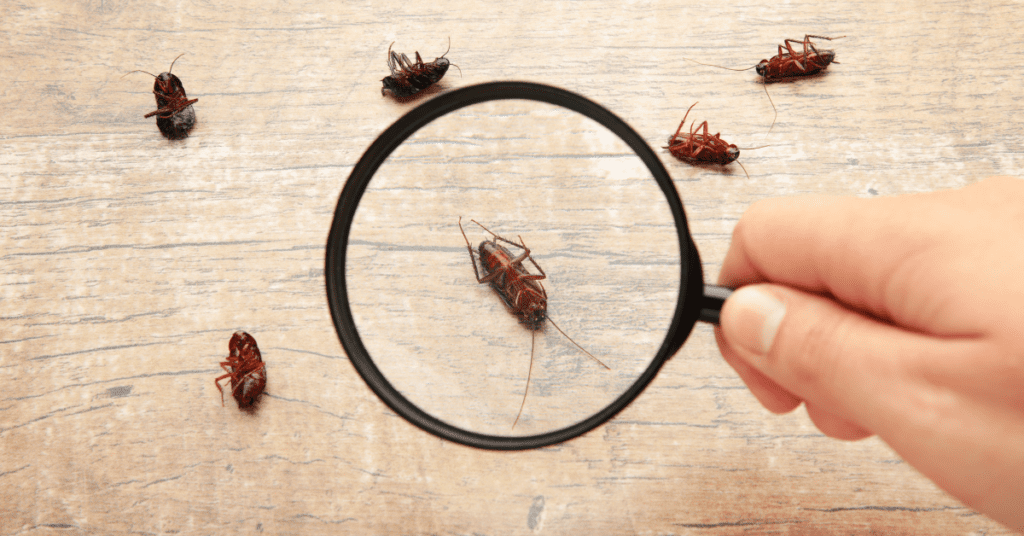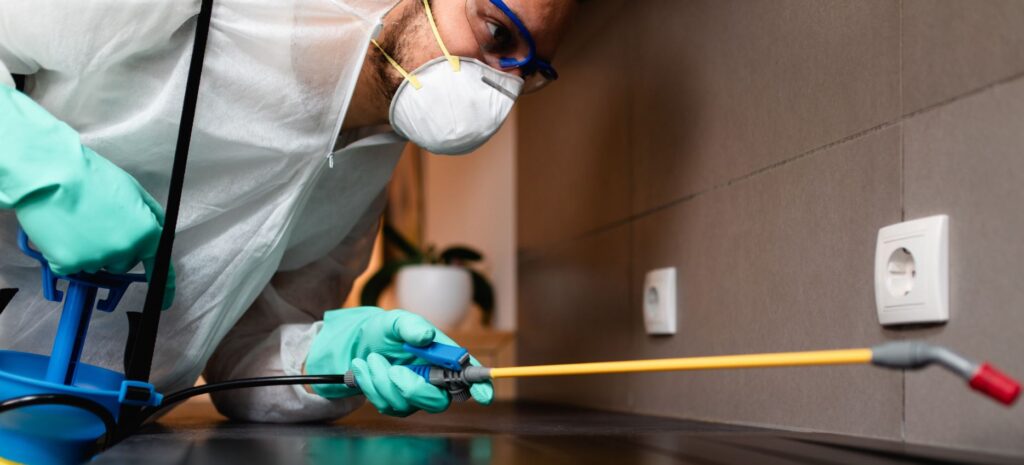Safe and Reliable Bug Control for Lasting Protection
The relevance of safe and trusted insect control can not be overemphasized, especially in an age where ecological issues are extremely important. Effective bug monitoring requires a diverse strategy that balances environmental integrity with the demand for effective bug reductions. By exploring environment-friendly remedies and integrated insect administration approaches, property owners can accomplish long-term protection against invasive types while guarding beneficial communities. Nevertheless, the subtleties of these techniques might not be immediately clear, prompting a better assessment of the methods that can bring about lasting parasite control end results. What steps can be taken to ensure both safety and efficiency in pest management?
Recognizing Insect Control Approaches
Pest control incorporates a selection of techniques targeted at handling and removing unwanted pests and rats that can threaten both wellness and property. Recognizing these techniques is vital for effective parasite administration.
The primary groups of insect control approaches include mechanical, organic, and chemical techniques. Mechanical methods include physical barriers and traps to prevent pest access and capture unwanted varieties. For instance, making use of screens on home windows or employing sticky catches can considerably lower insect populaces without introducing dangerous substances.

Chemical insect control is commonly one of the most identified method, utilizing pesticides to eliminate insects. These chemicals can be efficient yet should be utilized with care to avoid adverse impacts on non-target species and the environment.
Advantages of Eco-Friendly Solutions
Just how can environment-friendly services change bug control practices? The fostering of eco-friendly parasite control techniques offers many benefits, substantially enhancing the efficiency and safety and security of bug management.

Another benefit is the positive influence on local biodiversity. Environment-friendly solutions are developed to target certain pests while protecting helpful pests and wildlife, promoting a balanced environment. This strategy straightens with the expanding consumer demand for sustainable practices, enhancing the credibility of bug control providers.
Integrated Insect Administration Techniques
The application of environment-friendly remedies normally causes the fostering of Integrated Bug Administration (IPM) techniques, which further enhance pest control efficacy. IPM is a holistic approach that incorporates numerous methods to take care of bug populations while reducing environmental influence. This approach stresses using biological, cultural, mechanical, and chemical controls, ensuring a well balanced and lasting approach of bug administration.
One fundamental facet of IPM is the detailed analysis of bug activity and ecological problems. By keeping track of pest populaces and determining their life cycles, experts can carry out targeted interventions that interfere with the bug's habitat or lifecycle, reducing dependence on chemical pesticides. Furthermore, social methods such as crop turning and habitat adjustment can substantially diminish parasite establishment and recreation.
One more critical element is making use of organic control agents, such as helpful insects or microbes, which can naturally subdue pest populaces. When chemical applications are necessary, IPM focuses on the usage of low-risk pesticides and uses them selectively, lessening exposure to non-target organisms and humans.
Integrating IPM methods not just boosts bug control effectiveness however additionally promotes a much safer ecosystem, lining up with the expanding demand for sustainable methods in parasite management.
Safe Practices for House Owners
Recognizing the significance of risk-free techniques in pest control can equip house owners to effectively take care of pest problems while securing their wellness and the environment. Executing safe approaches and safety nets is critical in minimizing exposure to hazardous chemicals.
House owners must initially examine their atmosphere for conditions that bring in parasites, such as standing mess, food, and water waste. Frequently cleaning and sealing access factors can discourage pests from invading the home. Making use of natural deterrents, such as important oils or diatomaceous earth, can give efficient alternatives to chemical pesticides.
When chemical treatments are essential, house owners ought to opt for items that termiticide treatment are particularly labeled as secure for property use. It is necessary to adhere to application guidelines meticulously to prevent overexposure. In addition, making use of targeted therapies in areas where bugs are identified, instead of blanket splashing, can substantially decrease chemical usage.
Last but not least, keeping open communication with parasite control experts is essential. Property owners need to ask about the safety of items made use of and request eco-friendly choices whenever possible. By taking on these safe methods, homeowners can create a much healthier living environment while successfully taking care of parasite issues.

Tips for Long-Term Protection
Developing a pest monitoring technique that emphasizes long-term security can substantially enhance the efficiency of the risk-free techniques formerly discussed. To achieve this, house owners need to apply regular inspections of their property, concentrating on concealed locations such as attic rooms, cellars, and crawl rooms. Early detection of pest activity is important in stopping problems from holding.
Additionally, maintaining a clean environment is vital. This consists of correct food storage space, without delay cleansing spills, and consistently disposing of garbage. These practices lower attractants that attract parasites right into the home. Securing entrance points, such as fractures around windows and doors, can properly obstruct prospective insect access.
Landscape design ought to additionally be thought about; keeping plants cut and preserving a distance in between vegetation and the home decreases hiding spots for parasites. Using all-natural deterrents, such as necessary oils or diatomaceous earth, can better dissuade problems without turning to harsh chemicals.
Last but not least, working together with a specialist pest control service for routine assessments can provide an additional layer of safety and security. These specialists can use tailored recommendations and progressed therapies, guaranteeing that your home remains protected versus parasites in the long term.
Verdict
To conclude, trustworthy and safe insect control calls for a multifaceted method that stresses environmentally friendly approaches and incorporated pest administration. By applying natural deterrents, conducting routine assessments, and keeping proper sanitation, building owners can considerably minimize parasite populaces while protecting advantageous pests and the atmosphere. Collaboration with expert insect control solutions internet improves the efficiency of these approaches, making certain customized solutions that provide long lasting protection and assurance against future invasions.
Efficient bug administration needs a diverse strategy that stabilizes environmental stability with the requirement for efficient bug reductions. The adoption of environmentally friendly insect control methods i was reading this offers various benefits, dramatically boosting the performance and safety and security of bug administration.The application of environmentally friendly services naturally leads to the adoption of Integrated Parasite Monitoring (IPM) methods, which even more enhance parasite control effectiveness. exterminator coquitlam. By keeping an eye on insect populations and determining their life cycles, practitioners can implement targeted treatments that interrupt the pest's environment or lifecycle, minimizing reliance on chemical pesticides.In conclusion, trustworthy and risk-free pest control calls for a diverse method that highlights environmentally friendly methods and incorporated bug monitoring